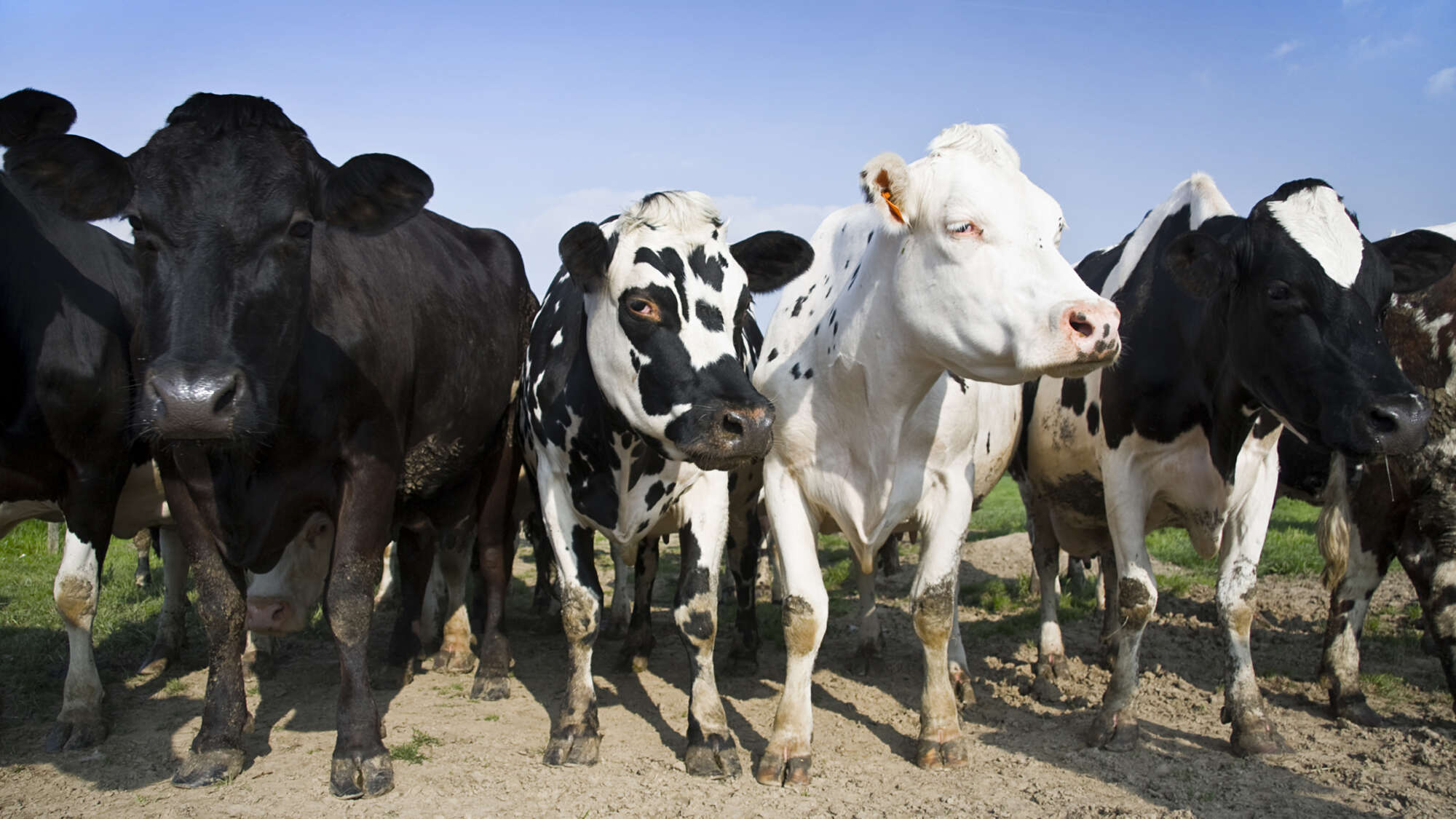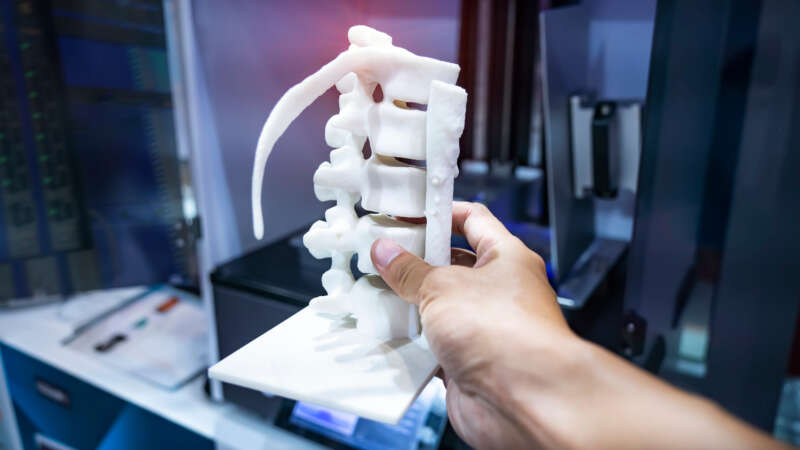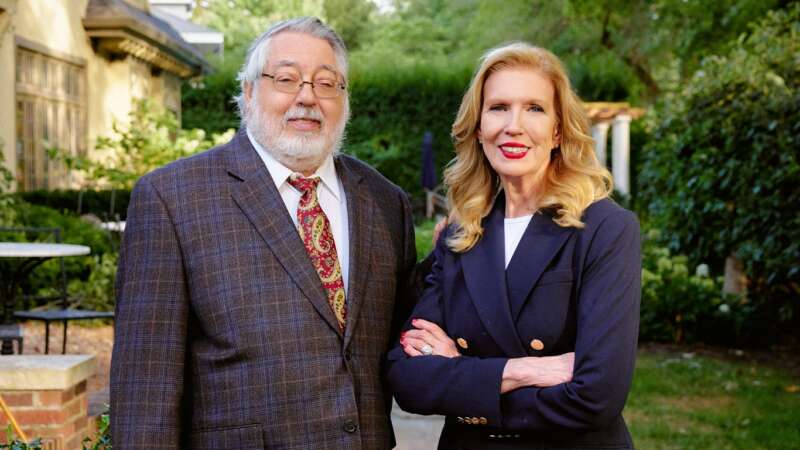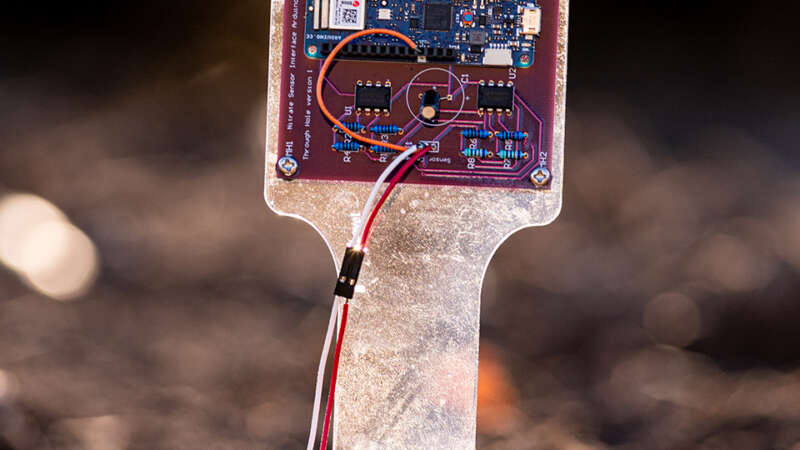K-State prof is using lasers and physics to help Kansas ag producers.
Lasers and cattle might not seem like a natural pairing, but Brian Washburn disagrees.
Washburn, adjunct physics professor and project leader at the National Institute of Standards and Technology (NIST), is using his expertise — and lasers — to help the Kansas agricultural industry measure gases emitted by cattle.
“You want to create knowledge that’s informative to farmers and producers,” Washburn said, “and not just create some results that show how cool your laser is.”
Washburn used optical frequency combs, a Nobel Prize-winning tool first developed in the 1990s for atomic clocks, to build the dual-comb spectroscopy (DCS) machine that measures the gases emitted from crops or animals.
“The first thing that we looked at was methane and ammonia emissions from cattle,” Washburn said. “The question is, can we see it with the comb, and can we get what people thought we expected?”
The DCS machine is portable, so it can be easily transported to farms. When in the fields or feedlots, the machine measures agricultural gas emissions to support the development of methane-reduction strategies.
“It’s important because, first of all, you want to know whether there is an impact from the production on the environment,” Washburn said. “There are a lot of companies saying, ‘If you feed our animals this, it will reduce 90 percent of emissions.’ And the question is, does it really do that?”
This project is a collaboration between the College of Agriculture and the College of Arts and Sciences.
“To answer those questions, you have to talk to a lot of different people and get all the experts in the room,” Washburn said. “And that’s why it’s good to do that work here because all the experts are here.”
Written by: Heather Ackerly



